Mead (Honey Wine)
Mead has been around for a while, and there are beliefs that it could be the first ever fermented drink of its kind. To make mead, you need to dilute honey before fermenting it. However, this was not always the case. The story goes that the first mead was probably accidental through the use of wild yeasts. Once people realized how delicious the drink was, they sought to find other methods in which they could make it. The production that we see today owes to the developments made over the centuries.
History
The earliest forms of mead are thought to have been sweet. The belief is that mead-makers would incorporate spices as well as fruit juices in the production process to make the drinks delicious. It was not long before mead became popular in northern Europe. However, this popularity was not to last as people soon found that cane and beet sugar drinks were much cheaper and easier to make than mead. Thus, honey got replaced. Over time, people went back to their roots and mead became a drink of choice once again.
How is Mead Made?
Mead requires yeast in the fermentation process, and the yeast used is quite similar to that which you would use to make wine. The temperature used in the process is also that which wine uses. Mead-makers start with primary fermentation before placing the mix in another container for secondary fermentation. The process is quite simple, and a refractometer or hydrometer comes in handy in the determination of the alcohol volume at the end of the process. If you can make wine, then making mead will be a walk in the park for you.
Types of Mead
There are many varieties of the same as people choose to make this drink differently. Here are some of the most common meads you are likely to come across:
Traditional
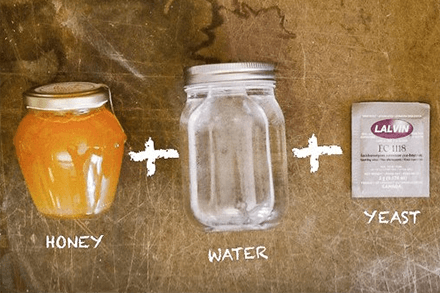
These meads comprise honey, yeast, and water. Depending on the fermentation processes in place, the tastes range from dry to semi-sweet. If you get a dry drink, you will notice that there is not much sugar to the wine. However, the mead exhibits the true essence of honey, which is unmistakable, making the drinks quite delicious. The sweet traditional meads have a sweetness that is unencumbered by syrupiness and are thus quite enjoyable.
Metheglins
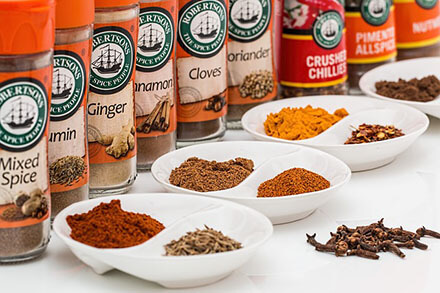
There are beliefs that the word medicine came from this term. These meads incorporate herbs and spices and thus have many healing properties. You can use most plants in their making, and examples include cloves, mints, gingers, and sages. For this reason, there are many options on the market.
Sack Meads
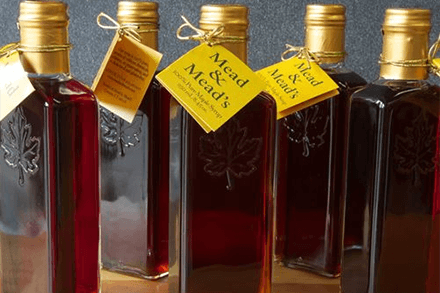
The difference between these varieties and the traditional mead is in the ageing process. Sack meads age for long periods before they are ready for consumption. Depending on the production process, they can boast of either sweetness or character, and in some cases, they possess both.
Bochets
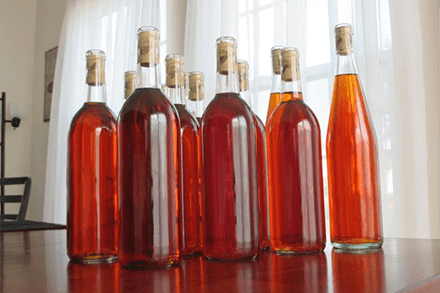
This variety uses caramelized honey in the production process. For this reason, they tend to be much sweeter than the traditional mead.
Melomels
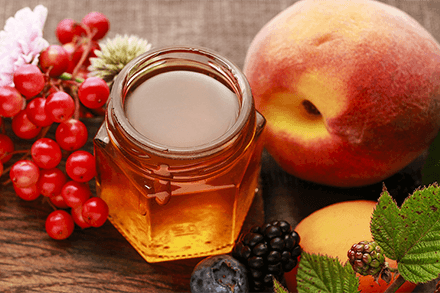
These varieties incorporate fruits into the production process, alongside the honey. There are many kinds of melomels on the market as they differ on the types of fruits used as well as the techniques in place. Some are very fruity while others are dry with hints of the fruit in use. Most of them lie in between these two extremes.
Cyser
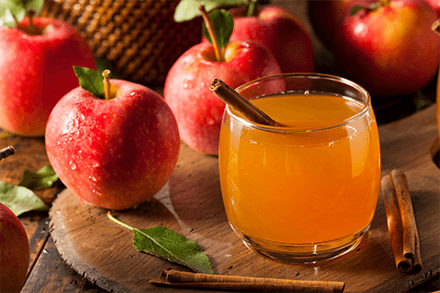
When you use apples to make mead, you end up with cyser. And given the variety of apples in the market, there are many variations of this drink on the market.
Pyments
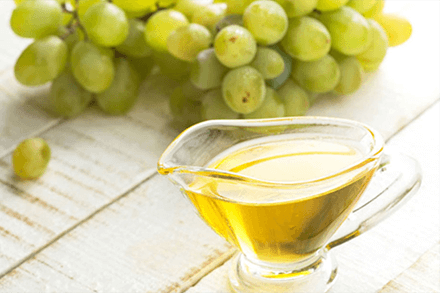
This variety is quite interesting as it uses both honey and grape juice in the fermentation process. The results vary depending on the grape varieties and the honey in use.
Hippocras

The Hippocras is a variation of the pyment. It tends to be very sweet owing to interruptions in the fermentation process. Studies show that it was quite popular among people living in the Mediterranean region back in the day.
Hydromel
If mead contains less than 10% alcohol, then it qualifies to be a hydromel. Any of the meads listed above can be hydromels, as long as they meet this classification.
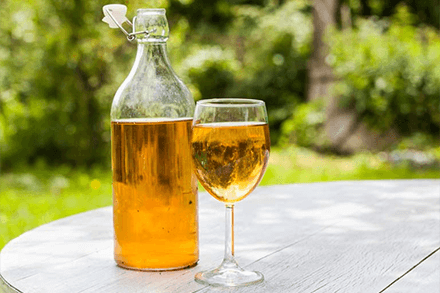
As you can see, there are as many mead variations on the market as there are mead-makers. Thus, you have lots of options when it comes to sampling. Enjoy!